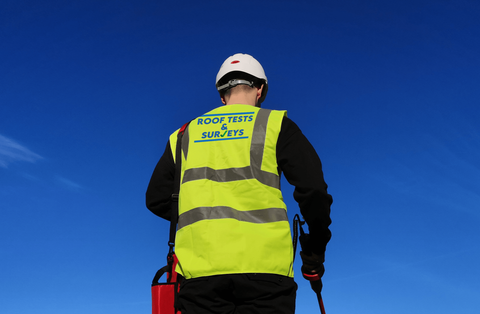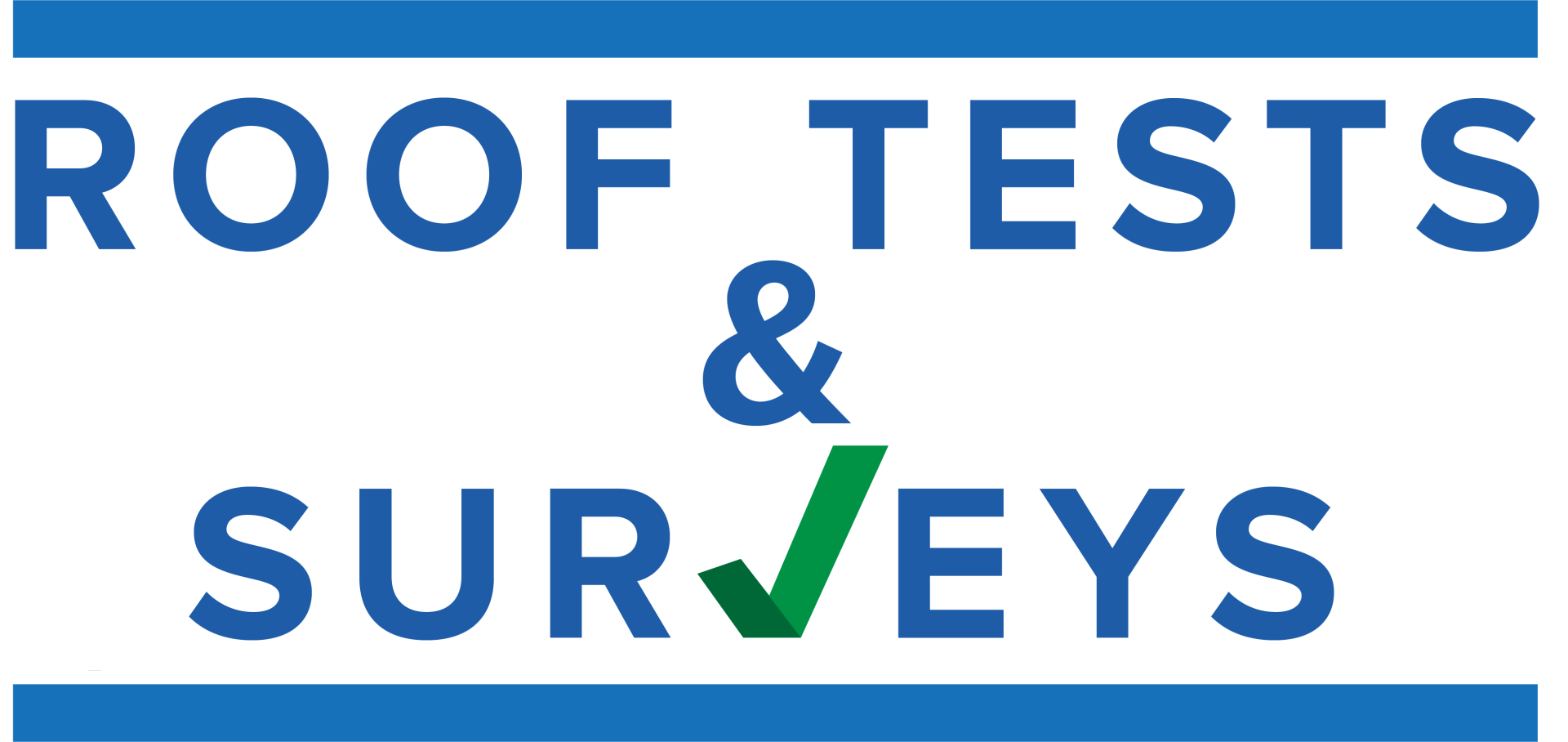About Us
Roof Tests & Surveys Ltd offer a wide range of independent and unbiased roof testing methods and roof surveys that can be tailored to meet the requirements of your roof(s). These roof testing methods include high and low voltage electronic integrity testing and flood testing. The roof surveys include flat roof full condition surveys, visual inspections and drone surveys.
Our extensive roofing expertise and client focused approach will ensure that you are provided with exceptional service.


